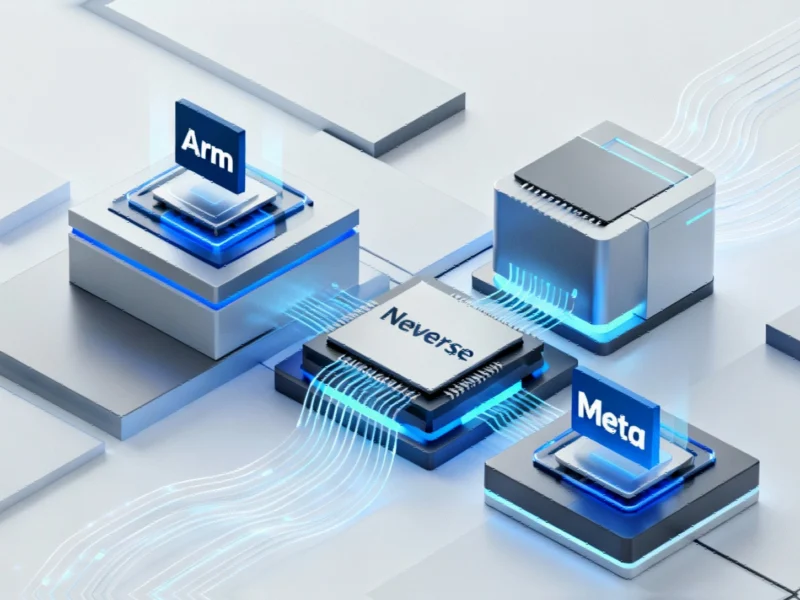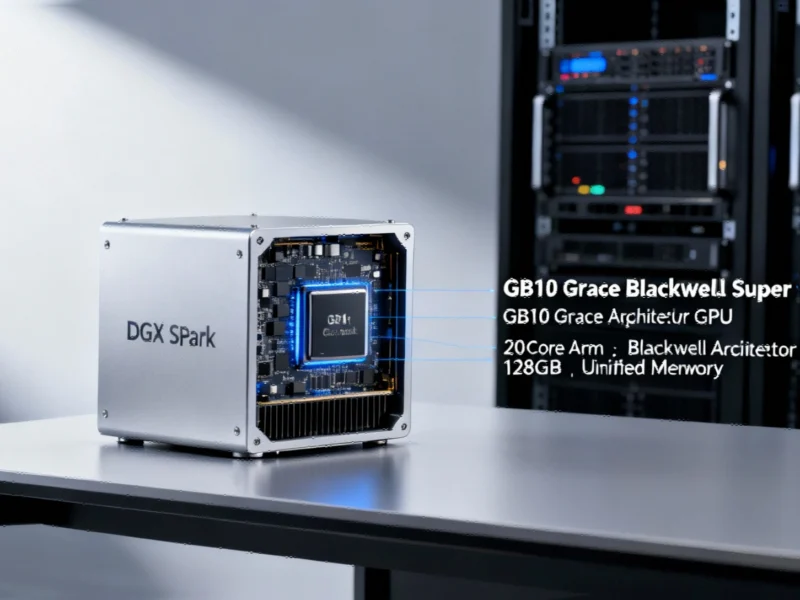Ethernet Evolution for AI Demands
Broadcom has launched the Thor Ultra, positioning it as the industry’s inaugural 800G AI Ethernet Network Interface Card specifically engineered for massive-scale AI infrastructure. This breakthrough arrives as traditional Remote Direct Memory Access (RDMA) technologies struggle to keep pace with the exponential growth in AI computational requirements across global data centers.
Architectural Breakthroughs
The Thor Ultra’s implementation of PCIe Gen6 x16 interface represents a quantum leap in throughput capabilities, enabling unprecedented data transfer speeds essential for AI workloads spanning hundreds of thousands of XPUs. This architectural advancement comes as data centers face increasing pressure to support more complex AI models and training datasets.
Broadcom’s redesign fundamentally reimagines packet control with innovative features including Packet-Level Multipathing and Out-of-Order Packet Delivery, which collectively optimize network resource utilization. These capabilities address critical limitations in conventional RDMA implementations, which have historically lacked sophisticated multipathing and scalable congestion control mechanisms.
Performance and Security Enhancements
The card incorporates selective retransmission technology and programmable congestion control, significantly reducing latency and packet loss in high-demand environments. From a security perspective, Thor Ultra performs line-rate encryption and decryption with PSP offload, effectively distributing computational burdens away from host systems while maintaining robust data protection.
Additional security measures include secure boot capabilities and signed firmware implementations, strengthening device trustworthiness in multi-tenant AI infrastructure environments. These security features align with broader industry developments in enterprise computing security as systems become increasingly interconnected.
Ecosystem Compatibility and Standards
Unlike proprietary solutions, Thor Ultra adheres to the open Ultra Ethernet Consortium (UEC) specification, enabling compatibility with diverse network switches and XPUs without vendor lock-in. This approach supports the creation of flexible, scalable AI infrastructure that can evolve with changing computational demands and related innovations in testing methodologies.
The card’s support for 200G or 100G PAM4 SerDes and long-reach passive copper connectivity, combined with industry-leading bit error rates, ensures exceptional connection stability for distributed AI workloads. This reliability is particularly crucial as organizations navigate complex market trends in technology deployment strategies.
Strategic Positioning in AI Infrastructure
Broadcom positions Thor Ultra as a cornerstone of its Ethernet AI networking strategy, complementing existing products like Tomahawk Ultra and Jericho 4. This integrated approach aims to establish a comprehensive, open ecosystem for high-performance AI computing that can scale with evolving industry requirements.
The timing of this announcement coincides with significant industry developments in global infrastructure modernization, highlighting how computational advances must align with broader energy and facility considerations. As detailed in comprehensive coverage of Broadcom’s announcement, the Thor Ultra represents a strategic response to the unique networking demands of AI-scale computing.
Market Implications and Future Outlook
While Broadcom has begun sampling Thor Ultra to early partners, questions remain about integration complexity with multi-vendor environments and cost-benefit analysis for non-specialized deployments. The technology’s adoption will likely influence how organizations approach AI infrastructure investments amid competing related innovations in computational hardware.
The emergence of 800G Ethernet technology reflects the accelerating pace of recent technology advancements in the AI sector, where networking capabilities increasingly determine overall system performance. As AI models grow in complexity and size, infrastructure components like Thor Ultra will play a critical role in determining the practical limits of artificial intelligence applications across industries.
Industry observers will monitor how this technology integrates with existing data center architectures and whether its performance advantages justify the infrastructure upgrades required for full implementation. The success of Thor Ultra may ultimately depend on how well it complements other emerging technologies in the rapidly evolving AI ecosystem.
This article aggregates information from publicly available sources. All trademarks and copyrights belong to their respective owners.
Note: Featured image is for illustrative purposes only and does not represent any specific product, service, or entity mentioned in this article.



